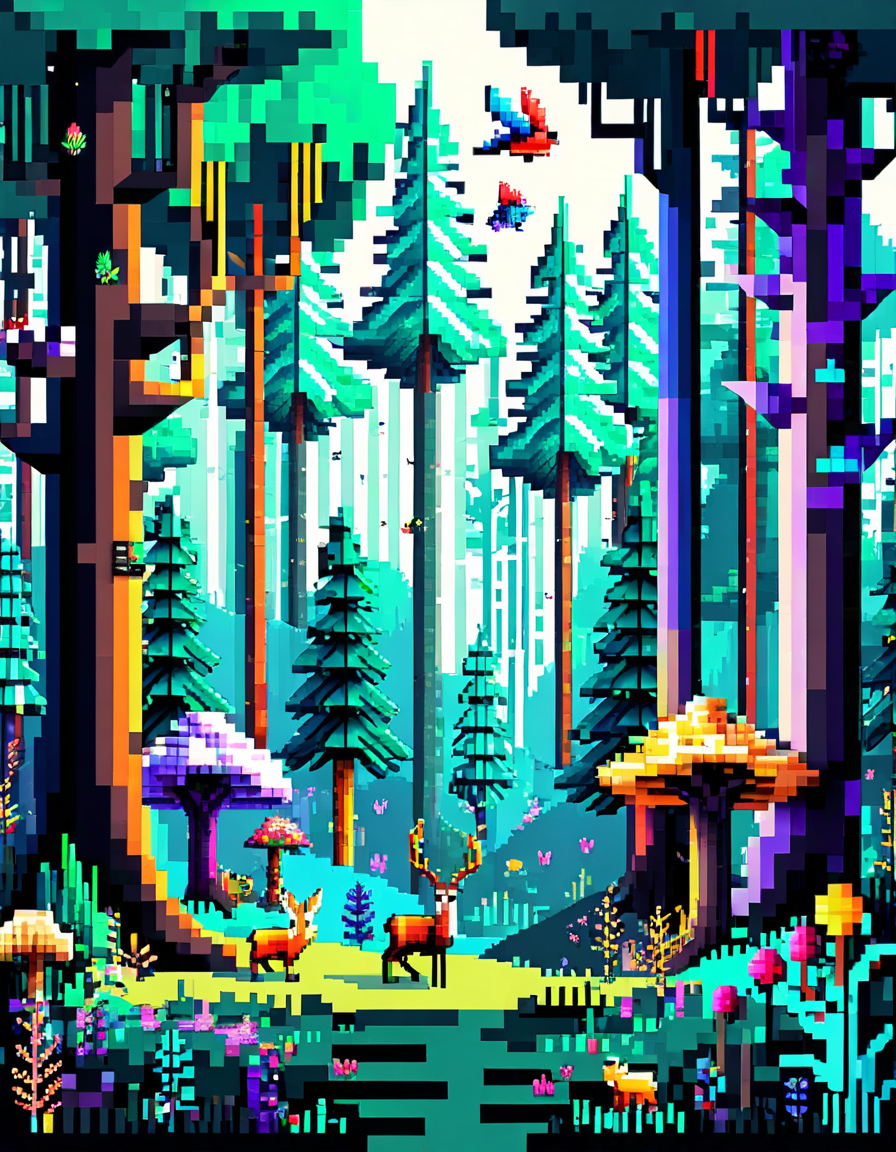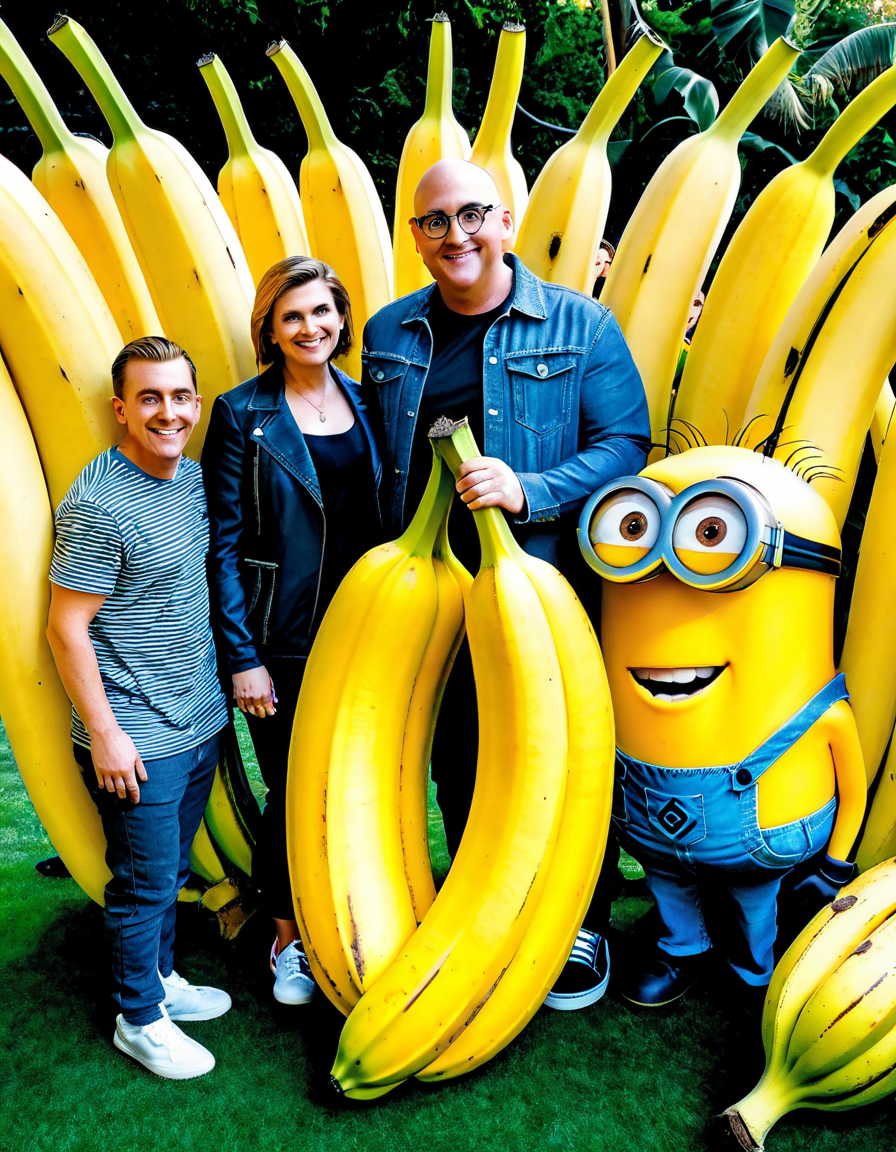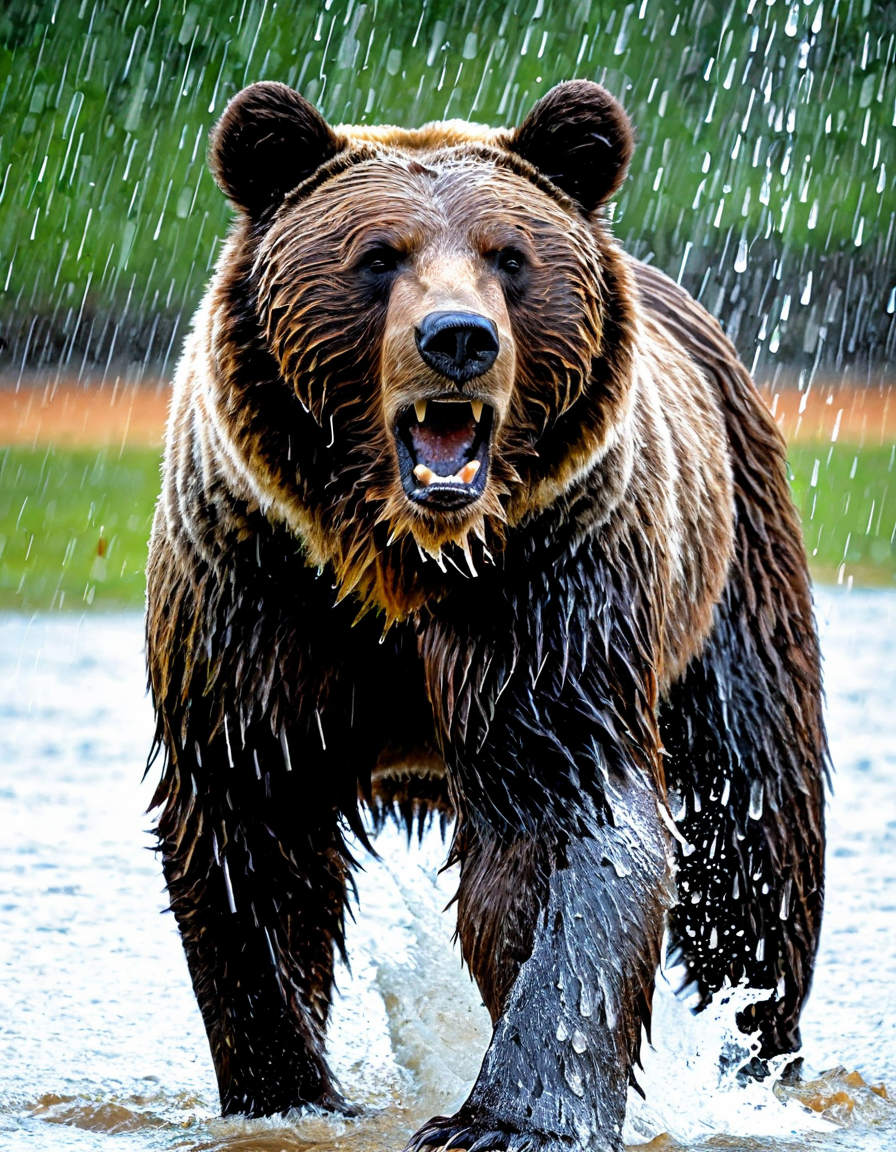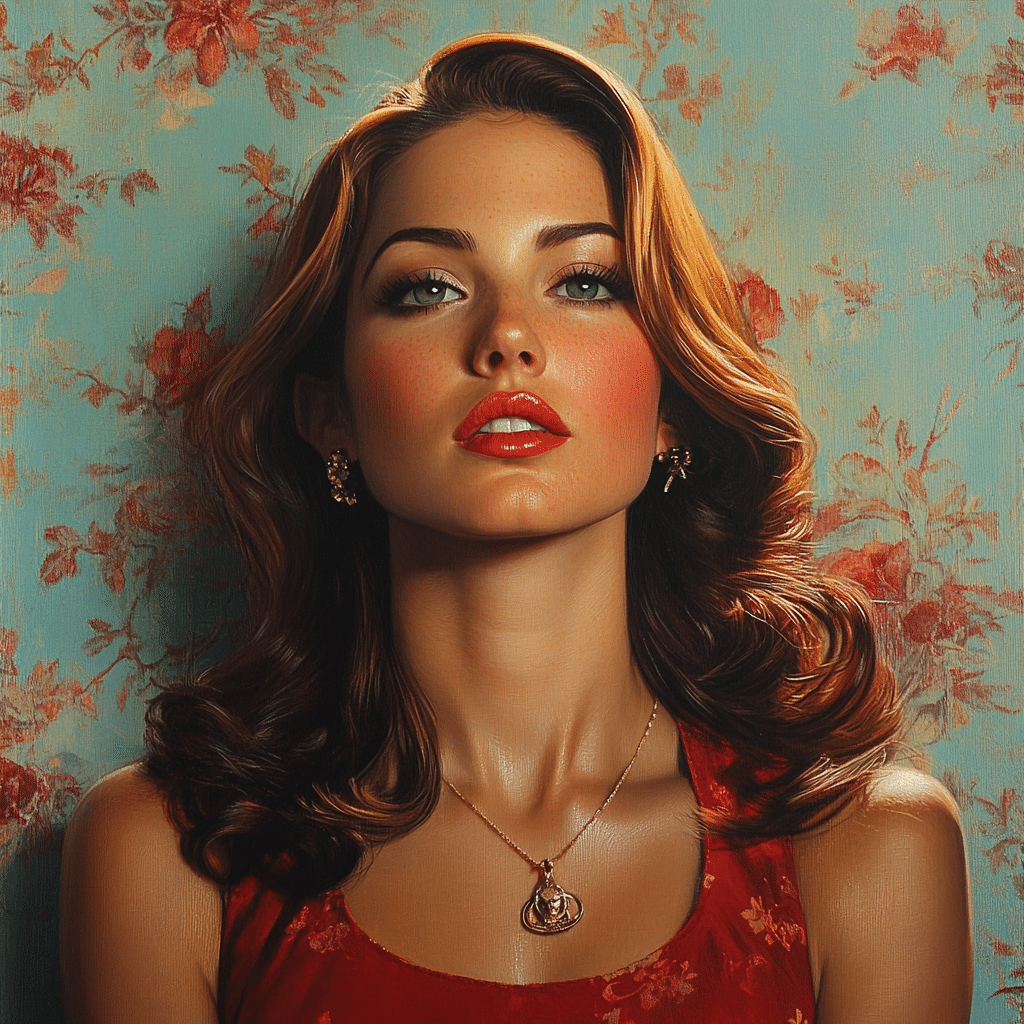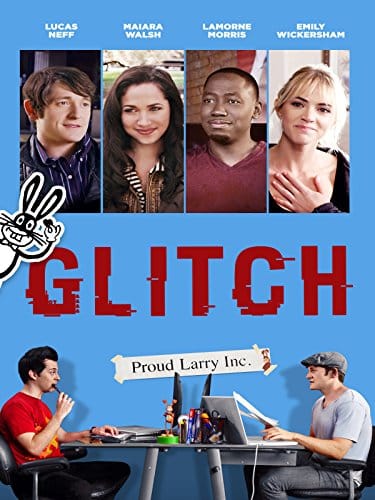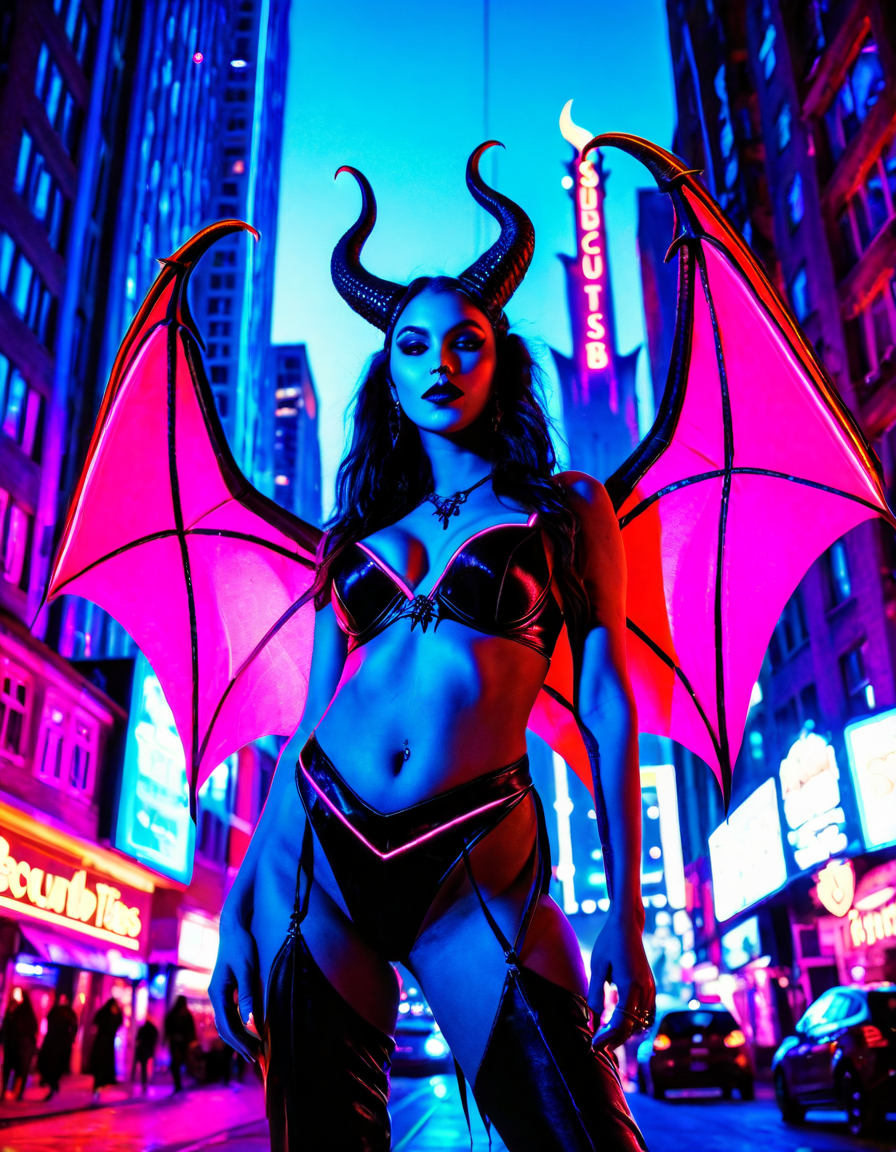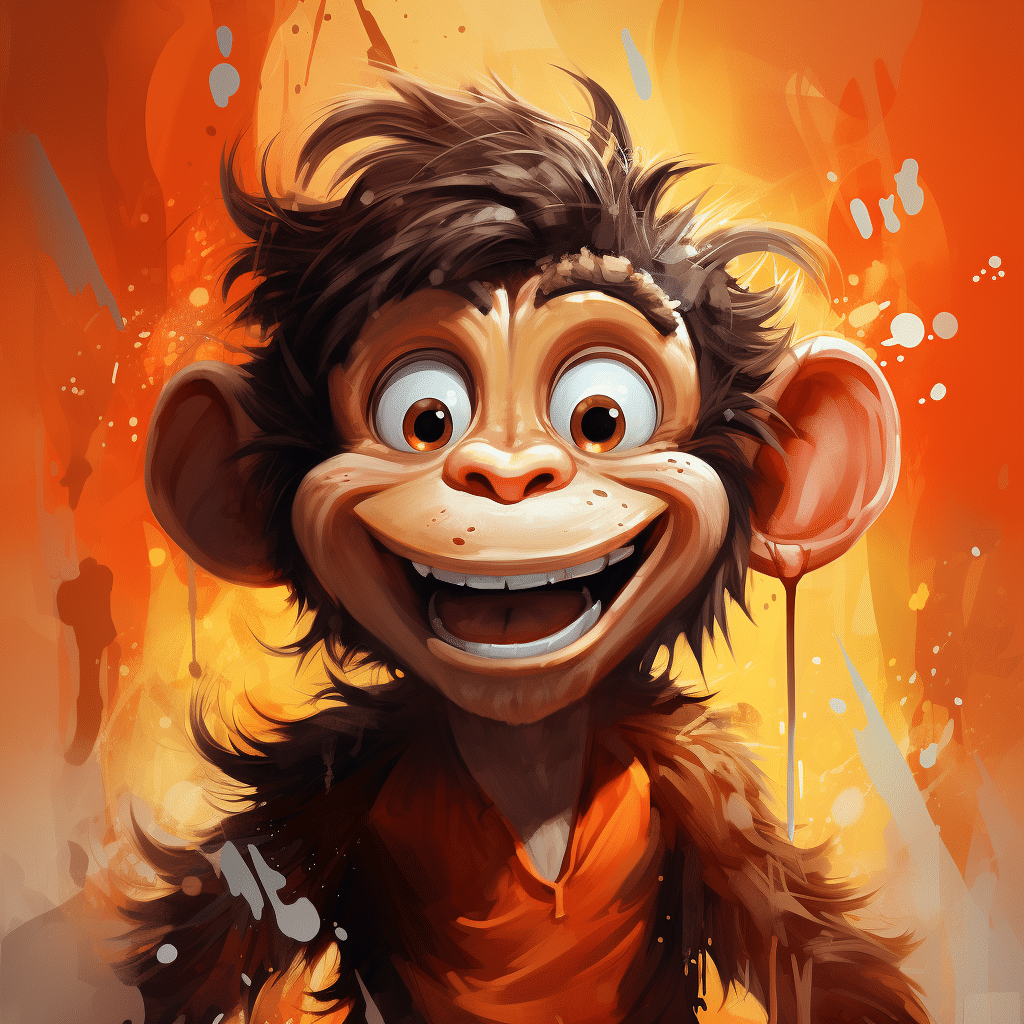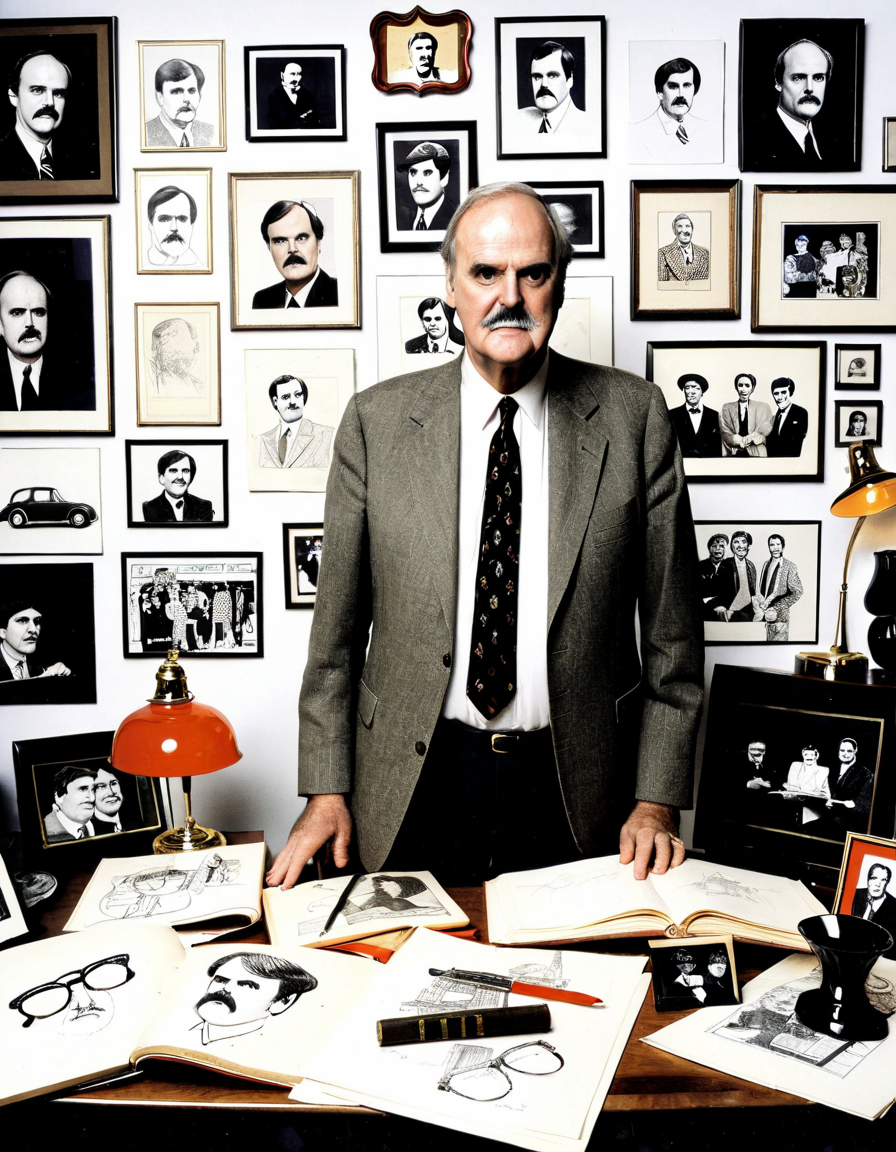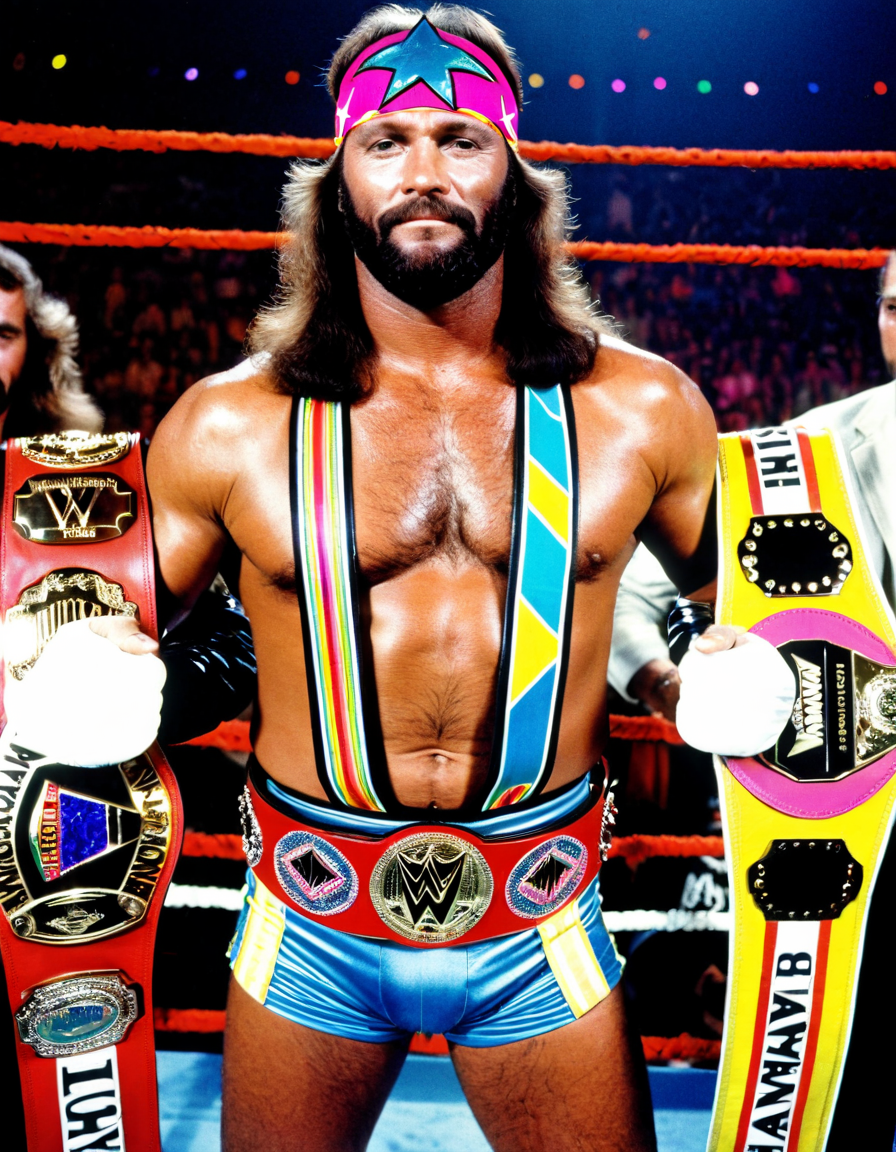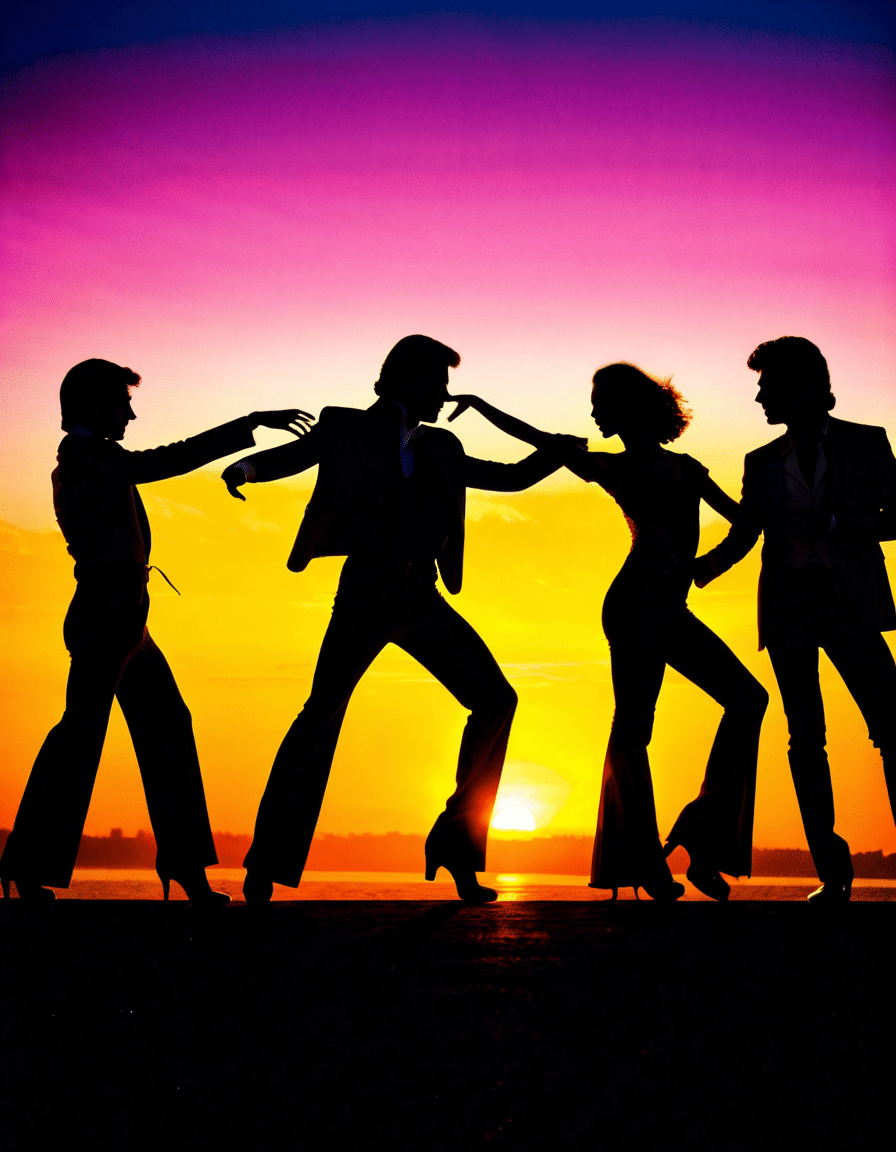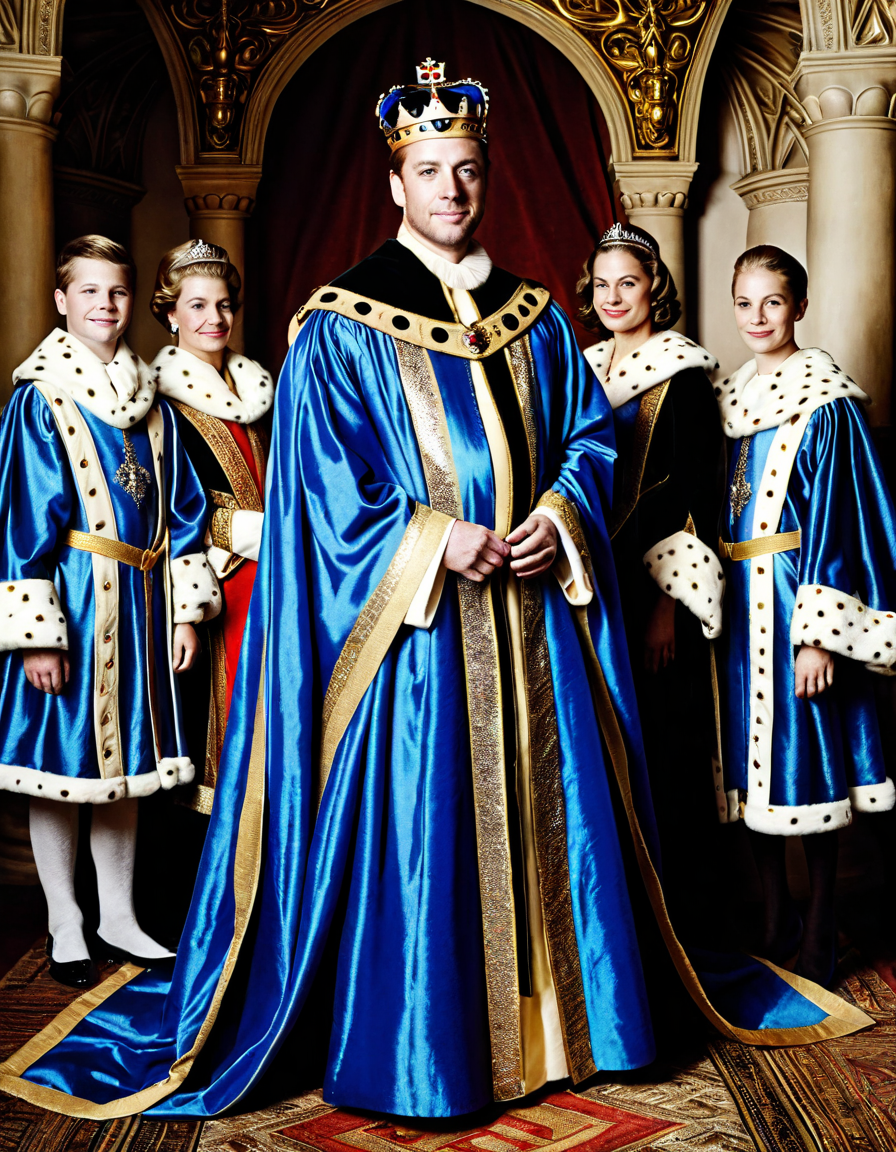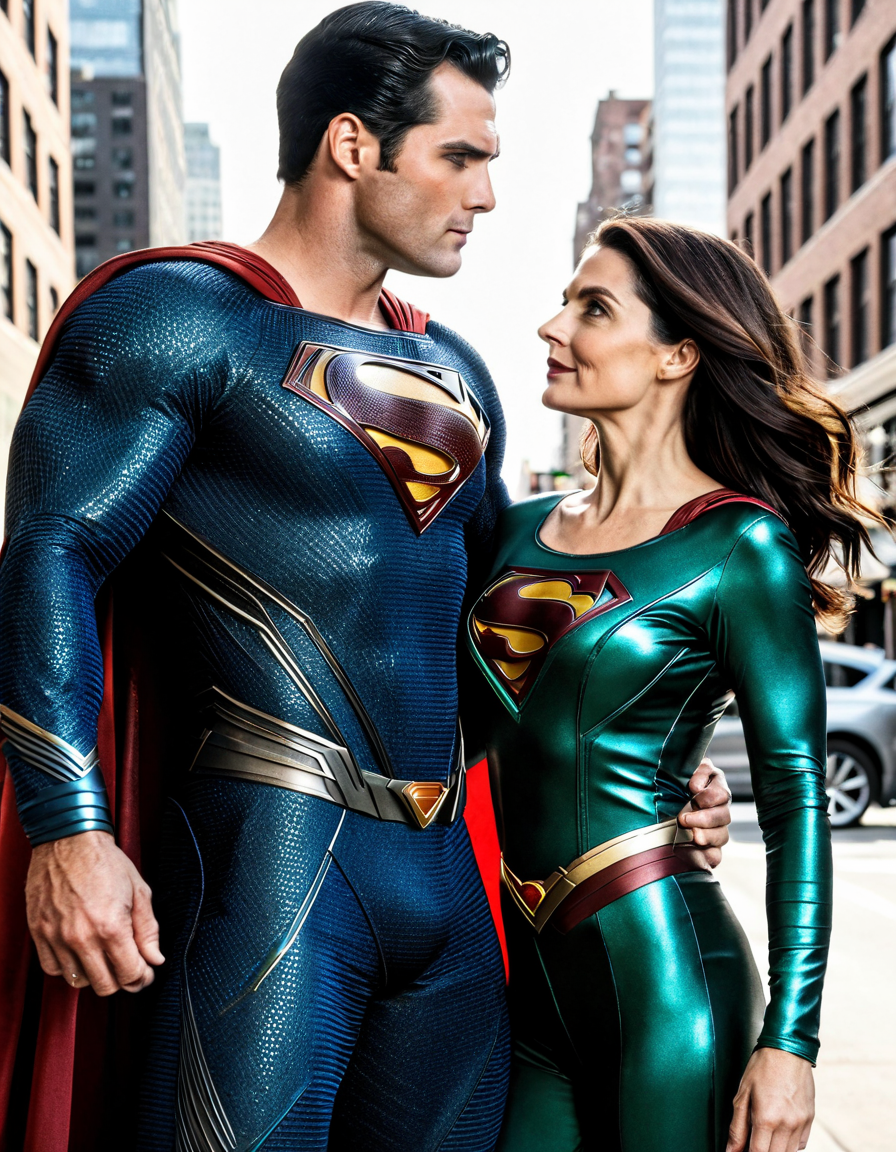Glitches are popping up everywhere these days, and they’re not just bugs anymore. They’ve evolved into a fascinating part of our digital culture, shaking up how we view technology, art, and even our everyday lives. Remember the Y2K scare? That moment sparked a dialogue not just about computer errors, but about our relationship with technology. Fast forward to the digital upheaval of the pandemic years, and we see how glitches have morphed from annoying nuisances into significant cultural symbols. They’re challenging our perceptions and redefining our digital reality, and it’s a wild ride watching it unfold.
As we dive into this phenomenon, let’s unwrap the evolution of glitches from mere software hiccups to powerful artistic statements. They’ve opened up new avenues for creators, developers, and audiences, creating discussions about identity, technology, and the modern narratives we construct. Buckle up; it’s going to be a glitchy journey!
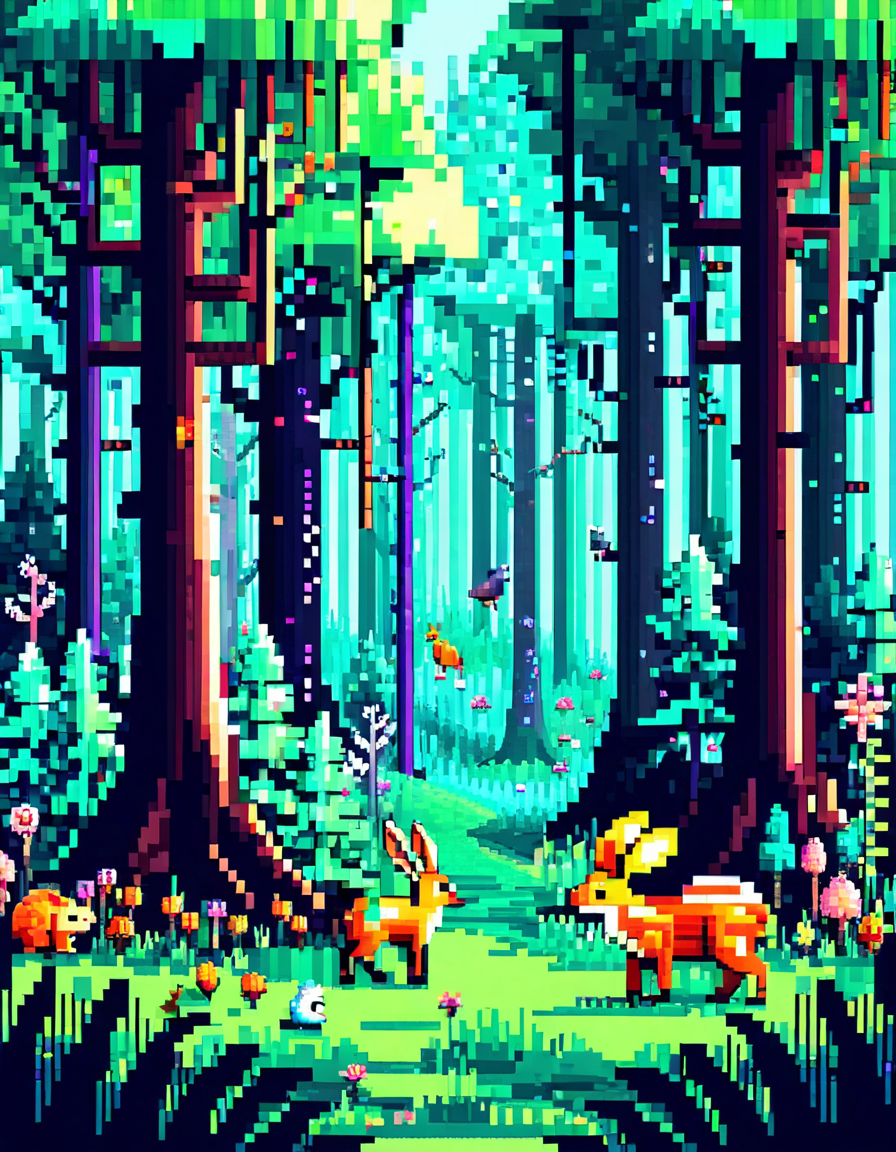
1. The Evolution of Glitches in Digital Media
Once upon a time, glitches were just pesky errors that popped up during video games or software installations. Remember those dreaded blue screens? Yikes! But as technology advanced, so did our relationship with these digital mishaps. Glitches started to be seen as something more—a new form of expression in the digital art scene. This transformation reflects not just changes in technology, but also in our societal attitudes toward imperfections.
From the infamous Y2K bug to the digital chaos many experienced in 2020-2021, glitches became significant in our narratives. We began to see glitches as a reflection of our personal and collective anxieties about technology and its role in our lives. Whether it’s an amusing bug in a new video game or a narrative twist in a novel, glitches have pushed us to question what we accept as “normal” in our increasingly digitized world.
What’s even more exciting is that artists and innovators are leaning into glitches as a fundamental part of their work. Instead of trying to fix or hide them, they’re embracing these imperfections, often turning them into something beautiful and thought-provoking. This acceptance of glitches signals a shift toward embracing authenticity in a time where perfection often feels like a societal expectation.
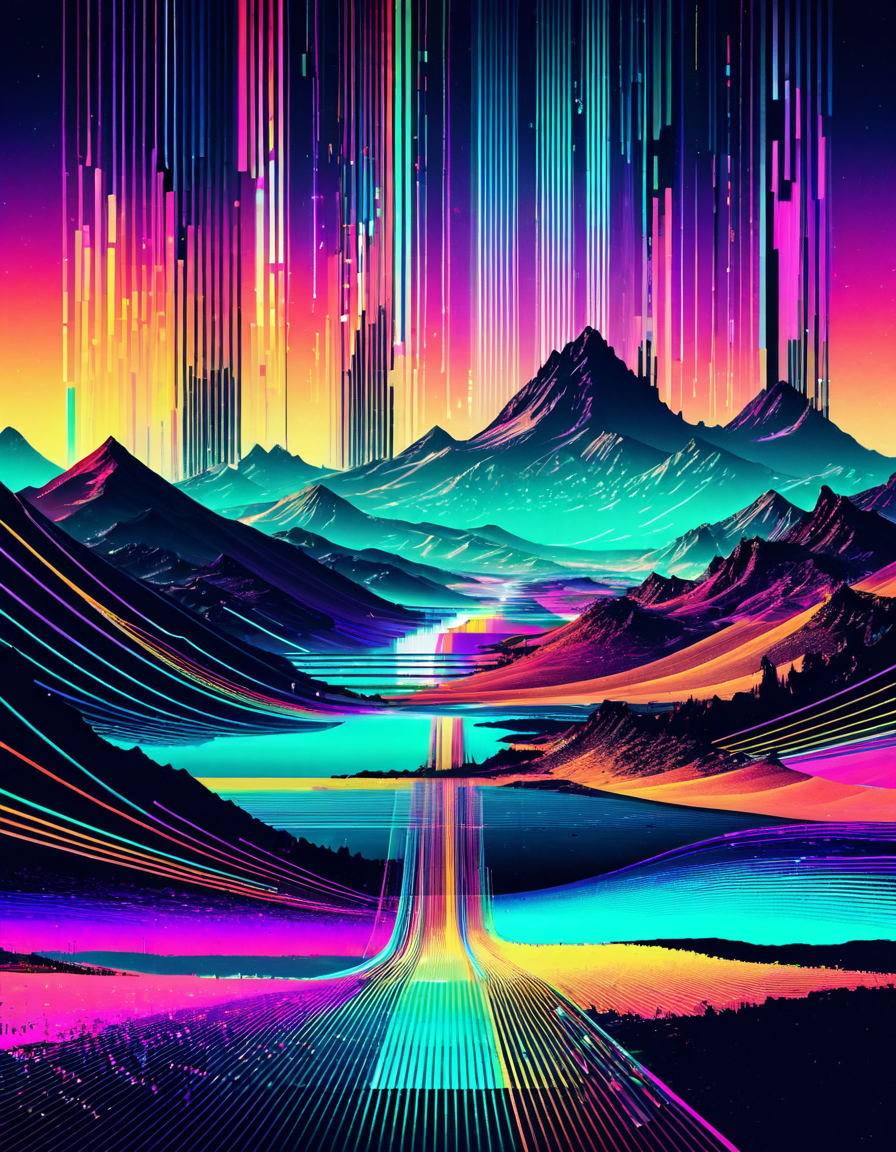
2. Top 7 Groundbreaking Examples of Glitch Art
The world of glitch art is as vibrant as it is unpredictable. Creators have engaged with this aesthetic in fascinating ways. Here are seven standout examples that showcase how glitches have taken center stage:
1. Blackbeard and the Digital Renaissance
In games like Assassin’s Creed IV: Black Flag, glitches involving the notorious pirate Blackbeard create surprising narratives that add depth to gameplay. Who knew a graphical hiccup could lead to a new story twist? Players often find themselves entertaining more absurd scenarios, encouraging discussions about character arcs and storytelling techniques in gaming.
2. Nightbitch: Redefining Glitch in Literature
Rachel Yoder’s novel Nightbitch dives into chaos and identity through its glitch-like narrative style. The story, where a woman morphs into a dog, offers a metaphor for the unpredictability of modern life. Yoder’s approach intertwines literary experimentation with honest commentary about transformation, making it a notable entry into the glitch discourse.
3. The Bizarre World of Virtual Reality Glitches
Cyberpunk 2077 launched with a slew of glitches that shocked its player base. While initially a setback, it opened up discussions about quality control in gaming. As players navigated their glitchy experiences, they discovered new ways to interact with the digital environments, showcasing how errors can become part of the gaming narrative.
4. Social Media and the Glitch Aesthetic
TikTok has seen a surge of creators using glitches as part of their aesthetic. From distorted images to offbeat sounds, it creates a raw, authentic vibe that resonates with audiences. This movement speaks volumes about our current crave for realism amid a world drenched in highly polished content.
5. Fashion Through the Glitch Lens
Balenciaga made headlines with its “glitched” collection, featuring fashion items designed to reflect digital chaos. This artistic endeavor serves as a commentary on the proliferation of digital technology in our lives. It’s a bold statement that mirrors the disjointedness of contemporary existence, and it’s stylish to boot!
6. Glitches in Art Exhibitions
Contemporary artists like Rafaël Rozendaal have brought glitch art into galleries, such as the New Museum in New York. This arena serves as a platform for challenging definitions of art while challenging viewers’ expectations about digital mediums. The broken, chaotic visuals invite us to ponder the very nature of what constitutes “art.”
7. The Glitch as a Cultural Commentary
Let’s not forget the musicians! Artists like Autechre utilize audio glitches to create avant-garde sounds that cater to daring listeners. They highlight how disruption in music can craft new auditory experiences that speak to the chaos prevailing in today’s society.
3. The Social and Cultural Implications of Glitch
Glitches aren’t just a tech or art phenomenon; they provide a mirror reflecting our society’s complexities. As we wade deeper into digital personalities and online existences, glitches remind us of the fragility of our constructed realities. These digital disruptions call for introspection about how individuals adapt and respond to disturbances in the status quo.
The glitch aesthetic also resonates with marginalized groups, providing a platform for suppressed narratives. When mainstream media often follows a polished formula, these glitches symbolize endurance and authenticity, allowing for genuine representation. It sends a message that it’s perfectly alright to embrace imperfections.
Furthermore, glitches prompt us to think critically about our reliance on technology. With digital identities becoming intertwined with our flesh-and-blood selves, seeing glitches as part of these experiences urges us to consider both our physical and digital existences. They cultivate a discussion around how we interpret these moments of disruption in our everyday lives.
4. Looking Ahead: The Future of Glitch in Digital Reality
As we peek into 2026, the glitch culture is on the verge of more innovation. With artificial intelligence intermingling with creative fields, glitches may soon blossom into a crux of artistic expression and technological integration. Expect to witness tools and platforms that celebrate quirks, inviting artists to let their imaginations run wild.
Picture a time when glitches become a norm rather than an annoyance. What if we anticipated creative blunders, allowing them to shape our digital landscapes? The acceptance of glitches could oil the wheels of creativity, leading to far-out aesthetics and groundbreaking narratives.
In embracing these crooked experiences, we may uncover deeper truths about our interconnected realities. Glitches challenge conventional storytelling and act as a bridge between technology and artistry, freeing us from the need for perfection. So, the next time you encounter a glitch, whether in a game, a piece of art, or even your laptop while Preparing For a presentation, remember: it might just be a glimpse of the unexpected beauty within chaos.
So, as we navigate through this glitch-filled landscape, let’s welcome the unexpected. These glitches don’t make our narratives less meaningful; instead, they enrich the stories we tell about our digital lives—and perhaps even point us toward the better stories yet to come. Now, that’s something to celebrate!
In conclusion, our relationship with glitches constantly evolves, reflecting societal changes and our creative responses to technology. At the end of the day, glitches remind us: amidst all the chaos of our digital realities, there’s still room for joy, creativity, and a good laugh. So, go forth, creative souls, and embrace the glitches in your own lives. You never know what wondrous stories they might open up!
Glitch: A Fascination in Digital Reality
The Glitch in Popular Culture
The term “glitch” goes beyond just tech lingo; it’s become a pop culture phenomenon. Remember that delightful moment when Taylor Swift sang about a romantic snafu in her hit “Love Story”? That whimsical take on love could totally fit into the narrative of glitches, where imperfections create unexpected and memorable experiences. Speaking of memorable, did you know that the classic film “Planes, Trains and Automobiles” features comedic mishaps that mirror our everyday tech troubles? When things go hilariously wrong, just like in a glitch, it often leads to unforgettable stories.
Glitches and the Unseen Forces
In the thrilling universe of action films like Mission Impossible 7, glitches aren’t just technical errors; they symbolize the unpredictable nature of missions and stakes. In digital media, glitches remind us how fragile our technology can be, leading to creativity that’s just as alluring as stories about a succubus in folklore. Glitches can spark innovation, pushing creators to explore new boundaries, much like how a ripe mango fruit can brighten a dull day with its sweetness.
From Screen Doors to Screen Lives
Even in daily life, glitches pop up everywhere—think about needing a screen door replacement that doesn’t fit quite right. It’s a little annoying but can be a funny story in the making! Similarly, in shows like Degrassi, we see characters navigate their complications, a reflection of the little glitches that happen in real life. They remind us that not everything goes according to plan, which is what gives life its flavor, much like enjoying a bowl of Greek yogurt packed with protein for that much-needed boost. So next time you encounter a glitch, embrace the chaos; it might just lead to an adventure!
